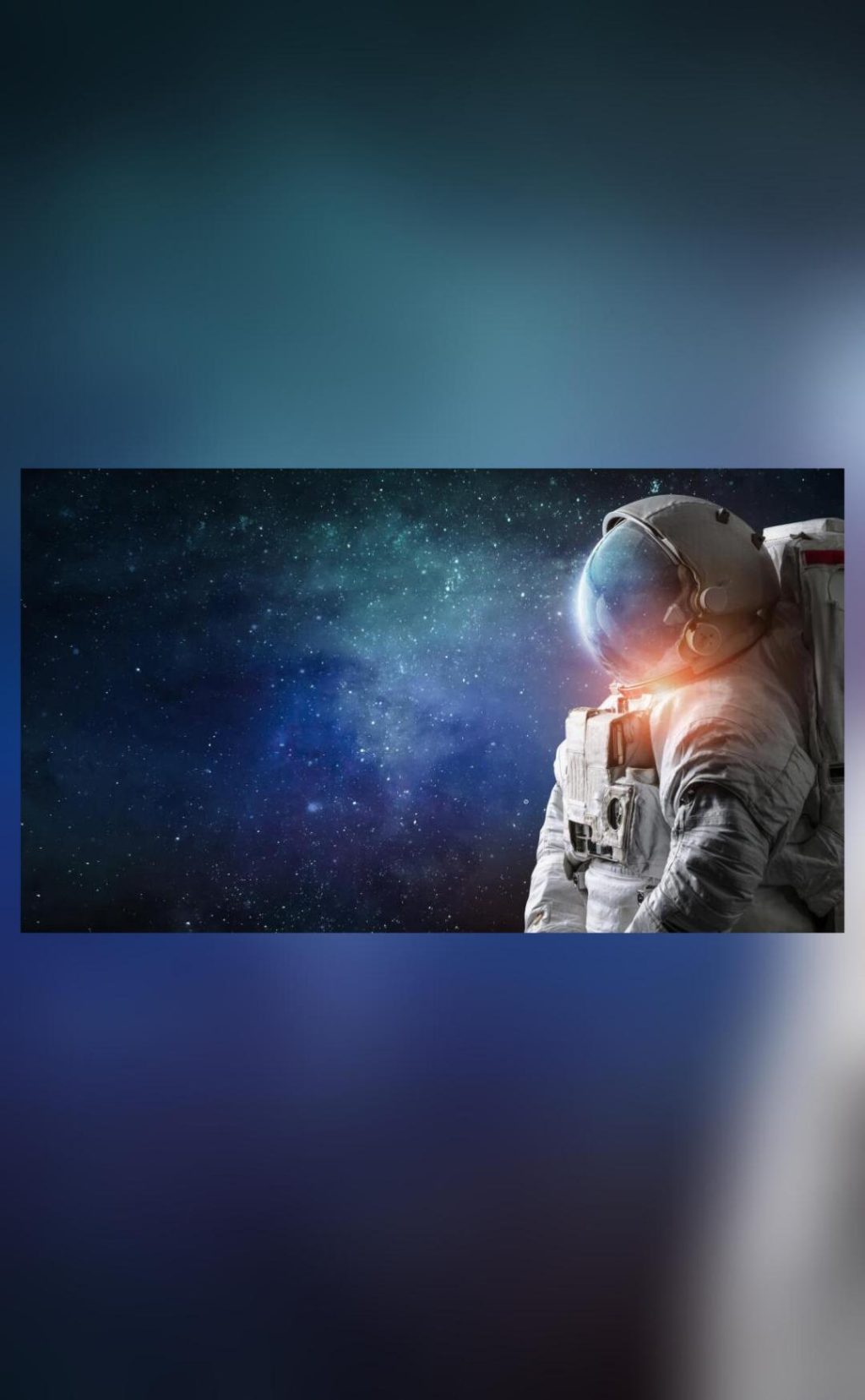
Google & NASA Create AI Medical Assistant for Mars Missions
The challenges of space travel are well-documented, from the grueling physical demands of living in microgravity to the psychological toll of being confined in a metal canister for months on end. But what about the medical challenges that come with exploring the vast expanse of space? NASA and Google have just unveiled an innovative solution to this problem, introducing the Crew Medical Officer Digital Assistant (CMO-DA), an AI-powered medical assistant designed to keep astronauts healthy during Mars missions and beyond.
The CMO-DA is a multimodal system that uses speech, text, and images to diagnose and treat a range of medical conditions. Powered by Google Cloud’s Vertex AI platform, this cutting-edge technology is being tested to see if it can improve the quality of medical care in space.
The Need for Better Medical Care in Space
When astronauts are on a mission to Mars, they are far from home and medical help. In the event of an injury or illness, medical professionals on the ground may be thousands of miles away, and the delay in receiving treatment could be critical. This is where the CMO-DA comes in – an AI-powered medical assistant that can provide quick and accurate diagnoses, freeing up medical personnel to focus on more complex cases.
“The CMO-DA is designed to be a decision support tool for the medical officer,” said Dr. Michael Knap, a NASA researcher involved in the development of the system. “It’s not intended to replace the medical officer, but rather to provide them with a second opinion or to help them diagnose and treat patients more efficiently.”
How the CMO-DA Works
The CMO-DA uses a combination of natural language processing (NLP), computer vision, and machine learning algorithms to process speech, text, and images. This allows it to understand and analyze medical data, diagnose conditions, and provide treatment recommendations.
For example, if an astronaut reports ankle pain, the CMO-DA can use computer vision to analyze images of the ankle and NLP to process the astronaut’s symptoms. It can then provide a diagnosis and treatment plan, which can be reviewed and approved by the medical officer.
Diagnostic Accuracy Rates
In initial testing, the CMO-DA has shown promising results. In a study, it achieved a diagnostic accuracy rate of 88% for ankle injuries and 80% for ear pain. While these results are encouraging, it’s worth noting that the system is still in the testing phase, and further refinement is needed before it can be deployed on actual missions.
“We’re still refining the system and testing it with different scenarios,” said Dr. Knap. “But the early results are very promising, and we’re excited to see where this technology can take us.”
The Future of Medical Care in Space
The development of the CMO-DA is an important step forward in the quest to provide better medical care in space. As NASA and other space agencies continue to push the boundaries of space exploration, the need for reliable and effective medical care will only continue to grow.
“This technology has the potential to revolutionize the way we provide medical care in space,” said Dr. Knap. “We’re not just talking about Mars missions – we’re talking about long-duration spaceflight, deep space missions, and even establishing a human presence on the moon and beyond.”
Conclusion
The CMO-DA is an innovative solution to the complex challenge of providing medical care in space. By leveraging the power of AI and machine learning, NASA and Google have created a system that can help keep astronauts healthy and safe during long-duration space missions.
As the CMO-DA continues to evolve and improve, it’s clear that this technology has the potential to make a significant impact on the future of space exploration. Whether it’s a mission to Mars or a deep space mission to explore the far reaches of our solar system, the CMO-DA is an important step forward in the quest to provide better medical care in space.
News Source:






